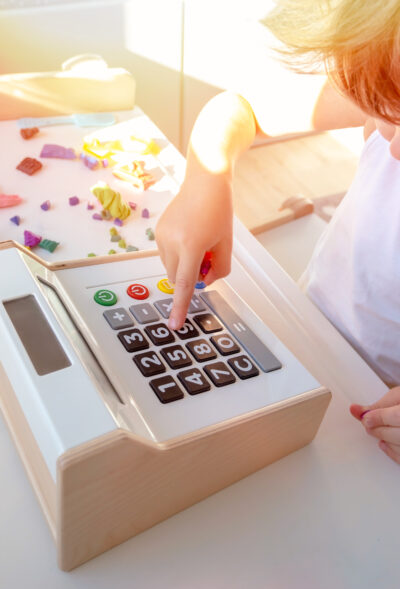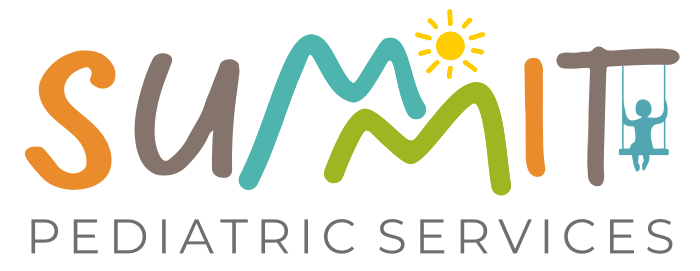Evaluation: what to expect
What should I expect during the initial evaluation?
Preparation and setup:
1. Explain the purpose of the evaluation to your child. Depending on your child’s age and developmental stage, there are a variety of ways to explain the session to them. Keep the explanation fun and playful so that OT remains a fun and exciting time to build skills vs. a chore. Some ideas are listed below:
– OT is a special kind of help that’s all about making sure you can do the things you want and need to do every day, like playing, learning, and taking care of yourself.
-Imagine your hands are superheroes, and they’re here to help you do all sorts of amazing things! Sometimes, our superhero hands need a little extra training to become even stronger and more helpful. That’s where an occupational therapist comes in. They’re like the coaches for your superhero hands! Sometimes, our superhero hands face challenges, like finding it hard to write neatly, tying shoelaces, or sitting still in class. Occupational therapists are like detectives. They help figure out what’s tricky for your superhero hands and then come up with awesome plans to make things easier.

2. Make sure your child has a quiet space where they can focus. Try to proactively eliminate distractions (pets and siblings love to be a part of the process). Prior to the evaluation, your therapist will send you a list of materials to have on hand. Your child will need a table/work space and some floor space to move around.
Preparation and setup:
1. Parents/guardians – you will be active participants in the evaluation and your input is crucial to us understanding “the big picture” of your child’s development. As hard as it often is, it is important to avoid cueing/helping your child during the evaluation. All questions we ask and prompts we provide to your child are done in a specific way to elicit observations related to their participation. Standardized test scores will be unreliable if outside influences impact their score. If you notice that they complete a task in a different way than you typically see, please let us know at the end of the evaluation.
2. Your child will be asked to complete a series of structured and unstructured tasks both seated at the table and moving around the room. They may be asked to write a specific sentence, complete a series of yoga poses on the floor, tell a story, or follow multi-step directions.
3. After your child completes their portion of the assessment, they are free to go. We will then discuss your concerns in more detail and I will briefly summarize some of my observations from the evaluation.
After the Evaluation:
Within two weeks, you will receive a written report including scores, observations, and recommendations. At that time, weekly sessions can be scheduled if they are recommended.
